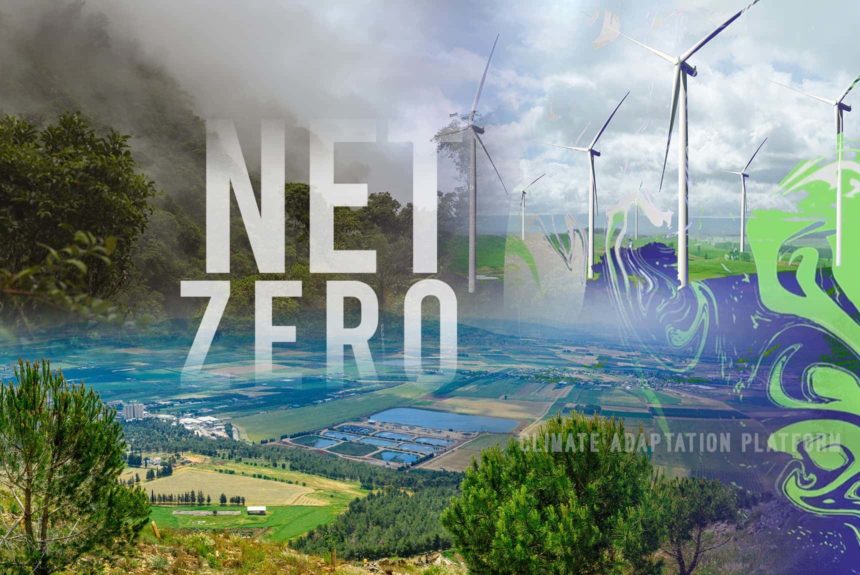As part of the COP26, the International Science Council launched the “COP 26 Futures We want project.” The COP26 website says:
“The COP26 Futures We Want project, launched today, was commissioned ahead of the UK’s COP Presidency and included young people, Indigenous and rural communities, civil society, scientists, business and industry from across six world regions.”
“Bringing together communities from the UK, Jamaica, Brazil, Kenya, United Arab Emirates, Saudi Arabia, and India, the project explored diverse perspectives and solutions on topics such as agriculture and land use, city planning, waste and water management, reforestation, ocean conservation and electricity generation.”
Creating a globally net-zero, climate-resilient world by 2050 will require knowledge of feasible and desirable solutions. The project sought to solicit this knowledge from the six strategically located countries worldwide.
These six countries provided six visions exploring what climate-resilient and net-zero looks like in their part of the world.
These visions also highlight innovations that could make this future a reality and the wide-ranging benefits that come with it.
Six visions, one aim – A net-zero, climate-resilient future that people want to live in
Arabian Peninsula. The region envisions a greener desert, a circular economy built on a more diverse energy mix, sustainable farming and living, protecting natural resources, and helping people adapt to climate change.
They also want to boost the adoption of renewable energy into the grid and apply the carbon capture, utilisation, and storage (CCUS) technology, among many other hopes and ideas.
Kenya. 2050 the country will have a natural landscape for Indigenous crops and accessible and climate-resilient healthcare systems. The government will fully utilise its abundant renewable energy sources, including solar, wind, and biofuels, to meet its energy needs.
It will use hydroponics and vertical farming for food production and reforestation initiatives to expand its carbon sink and conserve resources. It plans to become water sustainable through underground water storage systems, drip irrigation, and rainwater harvesting.
India. Agroforestry across the subcontinent will flourish in 2050, along with traditional organic soil composting in the Himalayas and increased uptake of electric bikes, solar homes and wetland waste systems.
The country will have shifted decisively away from fossil fuels while boosting its uptake of solar energy, coupled with battery and hydrogen storage.
Jamaica in 2050 will have resilient root and tuber crops. Natural protection from storms through restoring reefs and mangrove swamps, new infrastructure, and new tourism models will unlock economic opportunities.
Brazil will harness the power of the Amazon’s biodiversity. Through green infrastructure, the country will raise its citizens’ standard of living. Forest-friendly farming techniques will balance food security, economic growth and environmental protection.
By incentivising farmers, Brazil will protect its essential ecosystems and forests, which are a crucial carbon sink. It will also crack down on illegal logging and land clearance and promote “deforestation-free” products for export.
The United Kingdom will have a wind farm network that powers the country. Carbon emissions are captured and reused in a range of industries. Renewable energy is storable and flexible through infrastructure investments. UK homes have moved to low-carbon heating.
The country will have a new relationship with the land—uplands will be reforested, and peatlands will be restored to store carbon. More produce will be produced from less land through precise AI-driven farming and robotic harvesting.
To know more about the project, click the link below:
Sources:
Global citizens and scientists on how to achieve a thriving net-zero future. (2021, September 21). International Science Council. Retrieved from https://council.science/current/blog/global-citizens-and-scientists-on-how-to-achieve-a-thriving-net-zero-future/
Six Vision. One Aim. (2021). UN Climate Change Conference UK 2021. Retrieved from https://www.opcc-ctp.org/en/noticia/un-climate-change-conference-cop-26
Futures We Want. (2021). UN Climate Change Conference UK 2021. Retrieved from https://cop-resilience-hub.org/news-this-is-the-vision-of-the-future-we-want/



Leave a Reply